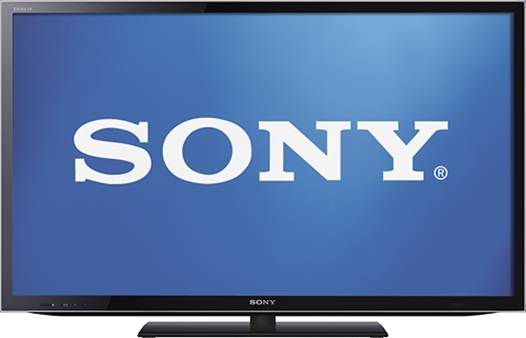46-inch LED-backlit LCD TV
The 46HX750 is one of four new models from
Sony’s lasted HX750 range of LED-LCD TVs. Like its brethren, it features a Full
HD, edge-lit screen with active shutter 3D technology and smart TV functionality.
With an RRP of $2,299 it’s a thousand
dollars cheaper than the same size screen from Sony’s HX850 range despite the
higher model number it’s an older generation screen. However, for the cheaper
price you don’t get the Gorilla Glass screen of the HX850. The image processing
and backlight scanning specs are also slightly lower.

Style-wise it probably isn’t going to win
any design awards. It features a plain black bezel around the screen sitting on
a plain black rectangular foot. Minimalists out there should appreciate this
look, at least. The remote control is fairly standard issue.
With my focus mainly on the 46 HX750’s
smart TV features, I connected the TV up and was pleasantly surprised by a
simple setup wizard which got everything up, running and connected to the
internet in no time at all.
Eager to check out some apps on the TV I
was confounded by the fact that there are two separate ways to access them. One
is called SEN (Sony Entertainment Network) and is beautifully paid out and
functional with a more than passing resemblance to Microsoft’s Metro graphical
user interface.
The other is XrossMediaBar (XMB), which is
the horizontal/vertical menu navigation system also found on the PlayStation 3.
In my opinion, XMB just serves to clutter what could have been an elegant and
easy to use menu system.
Whilst both options could access media
streaming services and other apps, only XMB appeared to be able to find and use
network connected storage devices and dream media from other drives or computers
on my home network. Personally I think Sony need to implement this
functionality in the SEN interface. Remove streaming and smart functionality
from XMB leave it for all the less interesting stuff like system settings.
Using the web browser is nothing short of
painful when using the TV remote thankfully there is a Media Remote app
available for Android or iOS smartphones and tablets. The app gives you a much
needed cursor and keyboard, plus the ability to “catch & throw” open web
pages between your TV and phone.
In term of picture quality, the 46HX750 is
a hit and miss affair. Like any decent LED-LCD TV it has a crisp, bright
picture, and it can produce a deeper black level than more expensive sets I
have seen. However, the viewing angle is somewhat narrower than I’ve come to
expect of modern sets. Its 3D performance is unimpressive with noticeable
crosstalk.

Sony’s Motion flow technology does a decent
job of motion smoothing/frame interpolation if you like using this feature.
Film snobs and hipsters love to moan about the dreaded “soap opera” effect but
I think it can improve certain types of video content if it’s done right, which
it mostly is on the Sony 46HX750.
For a smidge over two grand the 46HX750 is
good value for money, providing a decent size screen, active shutter 3D
technology and full smart TV functionality even if the “smart” implementation
leaves a little to be desired.
At a glace
·
46in, Full HD 1080p, edge-lit LED-LCD
·
200Hz panel (‘Motionflow XR 400’)
·
Sony Entertainment Network Smart TV Hub
·
Built-in Wi-Fi
Sony 46HX750
Price: $2,299
Contact: www.sony.com
A good choice if you want a big 3D smart TV
without remortgaging your house.
Value: 7/10
Conclusion
The astute reader will have noticed that
there is considerable overlap between the “smart” functionality of smart TVs
and the internet enabled apps and content streaming capability of media
players. This leads to the question of whether it is better to go for one or
the other if you want all of this functionality.
The answer relies on a little bit of
context. Let’s say you already have a big screen telly that doesn’t have any
smart functionality adding a media player is obviously the easiest and cheapest
way to access internet content and digital media playback.
If you are looking at buying a new TV
however, my recommendation would be to get one with all the smart functionality
that you need and want, then flag the media player altogether (which should
offset the cost of getting a slightly better TV than you initially might have).
Why? As you have seen, a good smart TV offers most of the functionality of a
media player, plus it would just add another remote control to the coffee table
and another box to the entertainment unit.